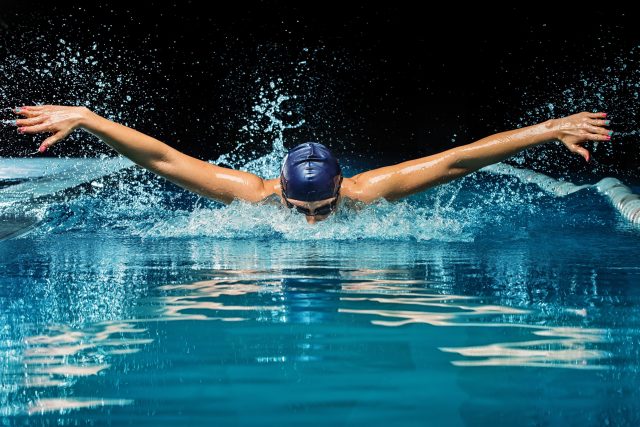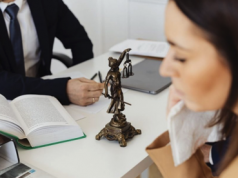Katie Barton of Colorado grew up as a swimmer for the Nashville Aquatic Club and Hume Fogg Academic High School, Nashville’s first public school. Her swimming enabled her to attend the University of Northern Colorado on a swimming scholarship. As a fan of the water, swimming was something Katie Barton of Colorado could always turn to for a great workout and an incredible stress reliever.
Today, Katie Barton of Colorado will advise those who want to improve as a swimmer. Whether a swimmer is looking to improve their form or break some personal records, this article should provide some helpful guidance.
First, anyone new to swimming training should know is that becoming a better swimmer doesn’t happen quickly. It’s much better to pursue swimming with a long-term objective in mind. Progression can often take time, but the rewards can be immediate. Katie Barton of Colorado finds that the end of every pool session provides a significant mood boost.
To get started, Kate Barton of Colorado recommends choosing a particular goal. This goal can be becoming a faster swimmer, working on endurance, being able to paddle water for longer increments, or learning a new stroke. Having a targeted objective will help anyone keep their motivation and make time to get in the water.
Katie Barton recommends working on a distance goal for those just looking to get in better shape with a swimming routine. No, Katie Barton doesn’t suggest trying to swim across a large body of water but rather keep track of the distance one swims over time. By setting a goal to swim x number of miles over the summer season and keeping tabs on the distance swam during each session, you can start a healthy competition with yourself. This competition can motivate you to push beyond what you thought possible.
Variety is a great way to keep swimming enjoyable throughout the year. If you consistently swim freestyle, it’s eventually going to grow boring. Katie Barton of Colorado recommends mixing in the butterfly, backstroke, and breaststroke. A lot of recreational swimmers stick to whatever stroke they find comes the most naturally to them. The truth is that mixing in different strokes will only strengthen a swimmer’s ability to perform their favorite stroke. It also activates different muscle groups and keeps the body guessing, which is exactly what a swimmer looking to get in better shape should be looking to accomplish.
Speaking of variety, Katie Barton of Colorado believes that strength training is one of the greatest gifts a swimmer can provide themselves. If you are a swimmer who gets in the water five times a week, try to replace just one of those sessions with weightlifting. A full-body moderate weight strength routine will not only help a swimmer feel more powerful in the water, but it can also help prevent injuries. Be sure to warm up and cool down after every session with some basic stretches. This will help any swimmer looking to rejuvenate their muscles.
When it comes to getting better as a swimmer, it’s all about consistency and technique. While consistency is up to the individual swimmer, improving technique can be difficult without some help. With professional coaching being rather expensive, Katie Barton of Colorado recommends turning to technology. There’s an entire community on social media that shares different hints and tricks. YouTube has a whole array of influencers who dedicate videos to helping other swimmers work on their technique. There are also a number of great books that teach swimming techniques. If possible, Katie Barton recommends having a friend watch or record a few different swimming sessions. By being able to look back, it will help improve swimming awareness and allow a swimmer to better correct flaws in their form they may have not noticed otherwise.
Speaking of swimming awareness, one of the easiest ways to grow swimming coordination is to focus on a particular body part while going through the water. Think about how a particular leg or arm feels. If something seems off, make an adjustment. The more a swimmer can sense and feel while swimming, the easier it will be to notice bad habits and correct them in order to improve the times.








